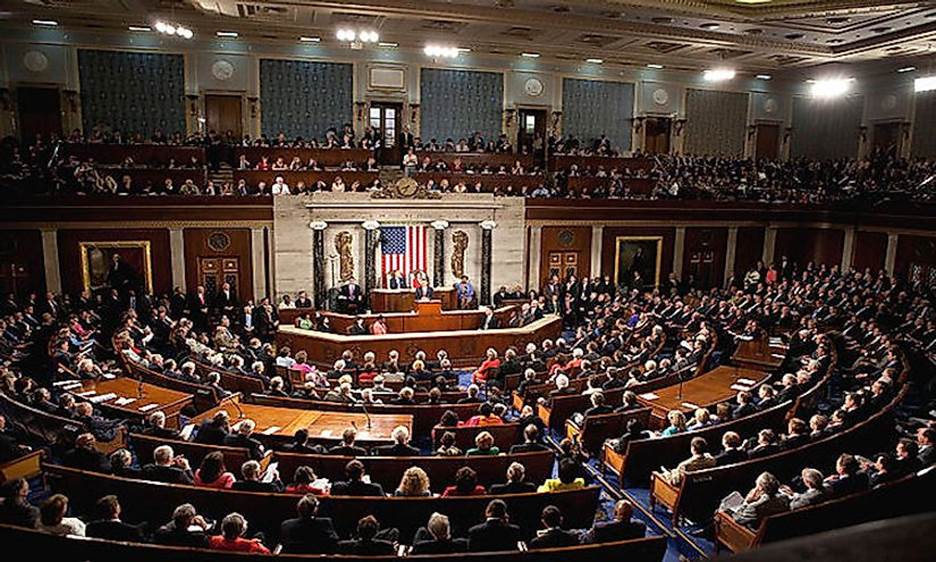
The decision would impact 110 million, or one-third of the US population, comprising Native, African and Hispanic Americans - World Atlas
Congress Must Turn Down Supreme Court Decision on Affirmative Action
By Dr Aslam Abdullah
CA

Affirmative action refers to policies and practices benefitting underrepresented groups in education and employment due to racism, religious discrimination, ethnic and linguistic inequalities, and gender biases. The United States Supreme Court, in a 6-3 verdict, declared the precedence of affirmative action unconstitutional, citing the 14th Amendment. The US used this affirmative action in college admissions.
The decision taken by all six conservative judges defines the racial and ideological divisions that exist in the country.
The decision would impact 110 million, or one-third of the US population, comprising Native, African and Hispanic Americans. The decision would help wealthy White and Asians in certain educational institutions strengthen their grip on employment due to their better academic performance.
Let us take a look at the 14th Amendment. That has several essential ideas concerning state action, privileges and immunities, citizenship, due process, and equal protection. It also has provisions about representation in Congress, insurrection, or rebellion against the US from holding office, federal debt, and its enforcement through congressional legislation. 28 of the 37 states ratified the amendment in1868, immediately after the civil war.
The Naturalization Clause, or the Citizenship Clause, is in Section One and confers US and state citizenship at birth to all individuals born in the United States. This clause nullified the earlier court ruling in 1857 denying citizenship to African Americans even if they were free.
The citizenship rights of original inhabitants of the Americas, the Native tribes, came in 1924 with the passage of the Indian Citizenship Act in 1924.
The Court granted citizenship rights to children born in America to non-citizen parents in 1898.
The Amendment also has a Privileges and Immunities clause. It has several interpretations. It may mean making the Bill of Rights applicable to all states. It may also mean that groups who suffered historical persecution and discrimination can have privileges in educational and employment institutions to uplift their status. The conservative judges rejected affirmative action based on the principle of citizenship, ignoring the historical realities.
Their one-sided decision revives the old ideas that African-Americans or the Natives do not deserve privileges due to historical injustices heaped upon them by racial groups that enslaved them to build the county initially inhabited by the Natives.
The Conservative Judges did not like giving certain educational institutions privileges to communities that suffered because of the legally approved injustices and slavery.
The African-Americans and the Natives suffer the most. Only 7.8 percent of Black adults have earned a degree compared with 13.4 percent of White adults. There is a gap of 5.6 percentage points at the high school level and 10 percentage points at the 4-year degree level.
The following data makes the picture more clear. It highlights that African Americans, and the Natives are behind any other racial and ethnic group. It is not that biologically others are superior to them. It is because of the oppression and injustices they suffered for almost four centuries. The Republican-appointed Supreme Court judges have ignored this history of America. The assertion is that true equality comes when the underprivileged are given opportunities to uplift them.
As believers in divine guidance, Muslim Americans must take a stand on the issue and identify with those groups for affirmative action. It is not about the African American segment of the Muslim community. Instead, it is about removing the historical injustices the Natives and African Americans have suffered for long. They should support legislation to restore affirmative action.
Student Group 2021 4-yeat Graduation Rate
Foster Youth 55.70%
English Learners 67.10%
Homeless Youth 67.80%
Students with Disabilities, 68.60%
African American, 72.50%
Race/Ethnicity Not Reported 72.80%
American Indian or Alaska Native 73.00%
Migrant Education 79.40%
Socioeconomically Disadvantaged 80.40%
Hispanic or Latino 80.50%
Pacific Islanders 81.70%
Two or More Races 85.50%
White 88.20%
Filipino 93.80%
Asian 94.10%
(Dr Aslam Abdullah is a resident scholar at Islamicity.org and editor-in-chief of the Muslim Observer newspaper. He is also the Indian Islamic Heritage Project director of the American Federation of Muslims of Indian origin and the interim President of the World Council of Muslims for Interfaith Relations, WCMIR.)

